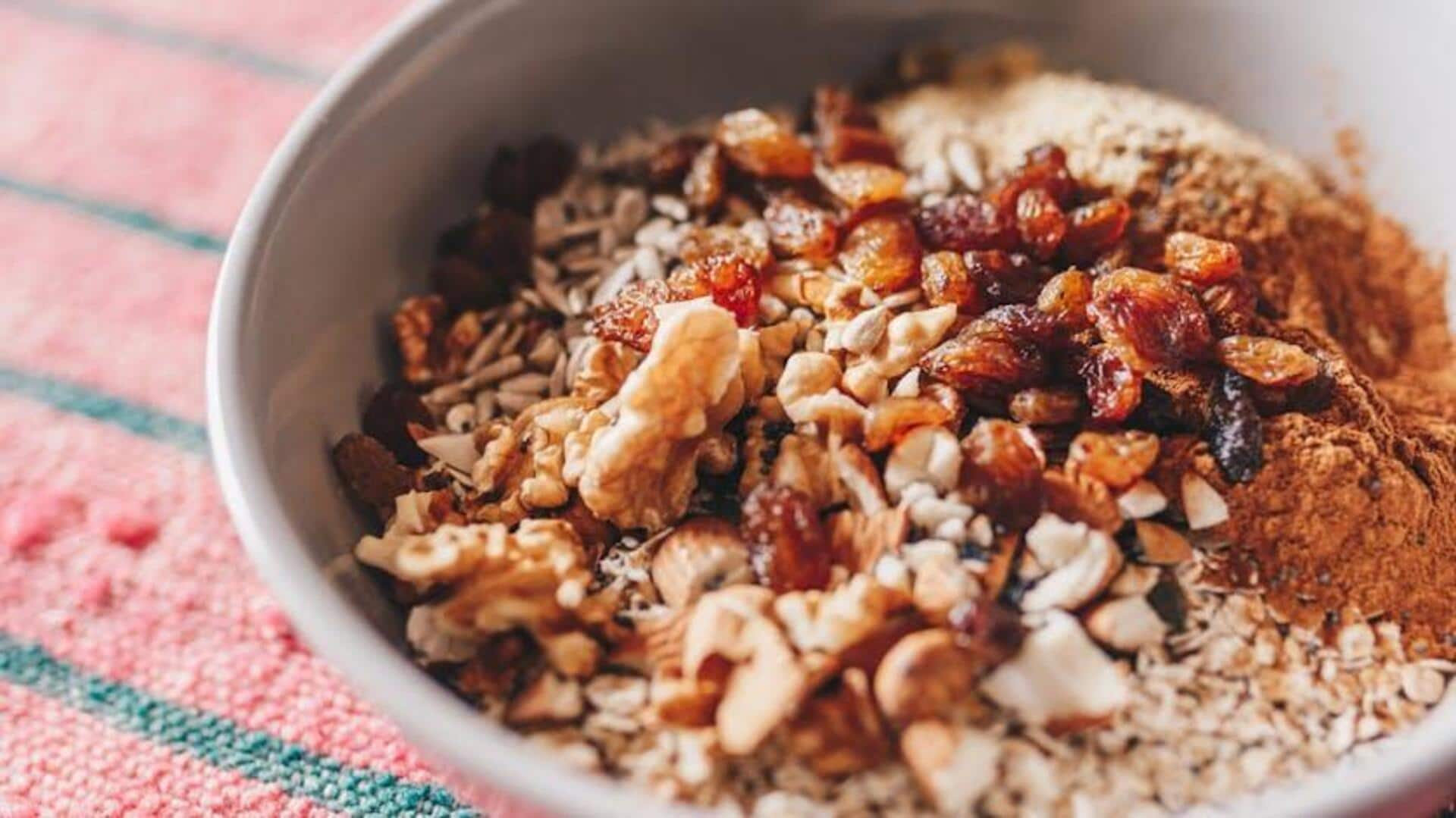
Oats v/s quinoa: Which is better for weight loss?
What's the story
Oats and quinoa are two of the most popular choices for those aiming to lose weight. While both grains provide unique nutritional benefits that can support weight loss, knowing how different they are from each other can help make informed dietary choices. Here, we look at a few aspects of oats and quinoa and how they can support weight management effectively.
#1
Nutritional content comparison
Oats are fiber-rich, especially beta-glucan, which aids in inducing a feeling of fullness. A 100-gram serving of oats provides roughly 10 grams of fiber. Quinoa, however, is a complete protein source containing all nine essential amino acids and provides roughly two grams of fiber per 100-gram serving. While both offer essential nutrients, their unique compositions serve different dietary requirements.
#2
Impact on satiety levels
The high fiber content in oats also contributes largely to increased satiety levels, thereby helping you eat fewer calories throughout the day. Protein content in quinoa also enhances satiety by promoting muscle repair and growth. Both grains can be extremely beneficial for those looking to control hunger pangs and maintain a balanced diet.
#3
Glycemic index considerations
Oats have a low glycemic index (GI). This means they release glucose into the bloodstream slowly, preventing spikes in blood sugar levels. This slow release helps you stay energetic for a longer time and reduces cravings for unhealthy snacks. Quinoa also has a low GI but is slightly higher than oats due to its carbohydrate content.
Tip 1
Versatility in meal preparation
Both oats and quinoa offer versatility in terms of meal prep. Oats can be used in breakfast dishes, be it porridge or smoothies, while quinoa makes an excellent base for a salad or side dish during lunch or dinner time. Using either grain in meals can give you the flexibility you need without compromising on nutritional value or your taste buds.